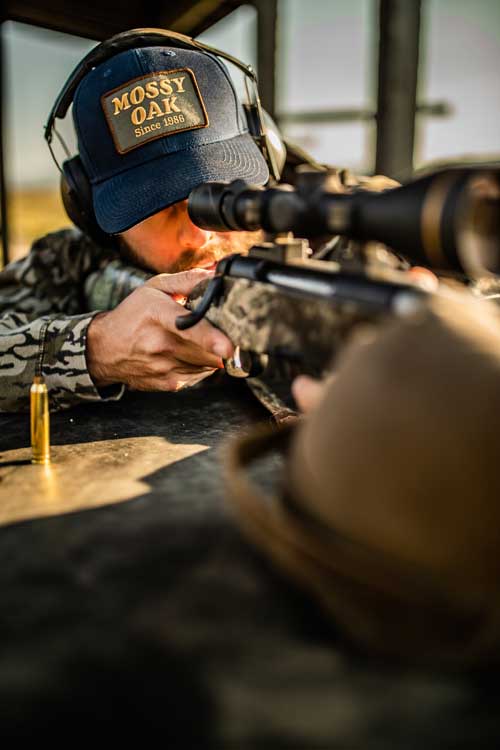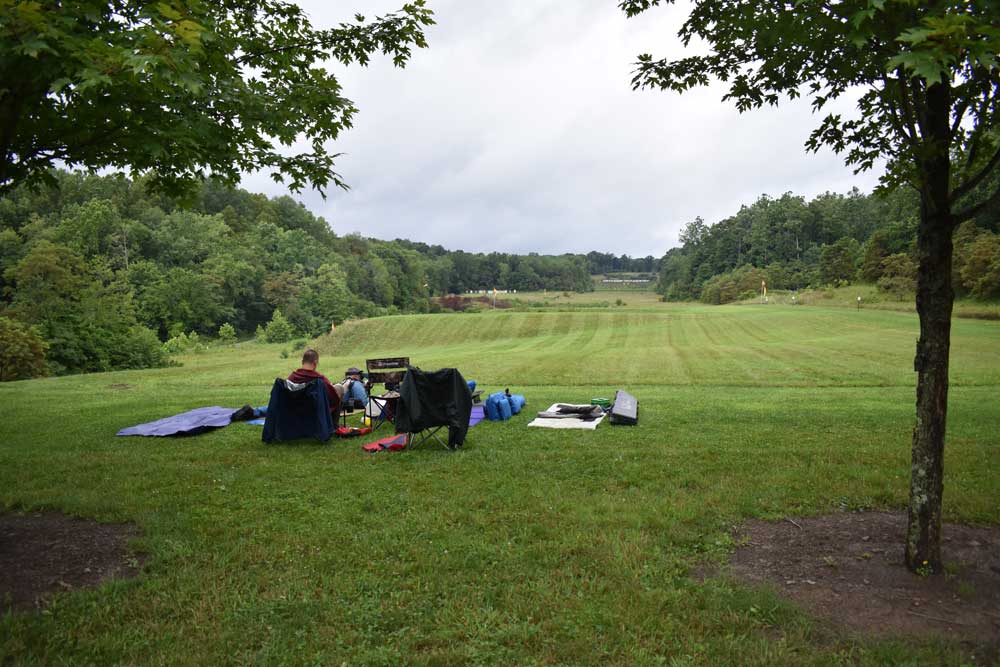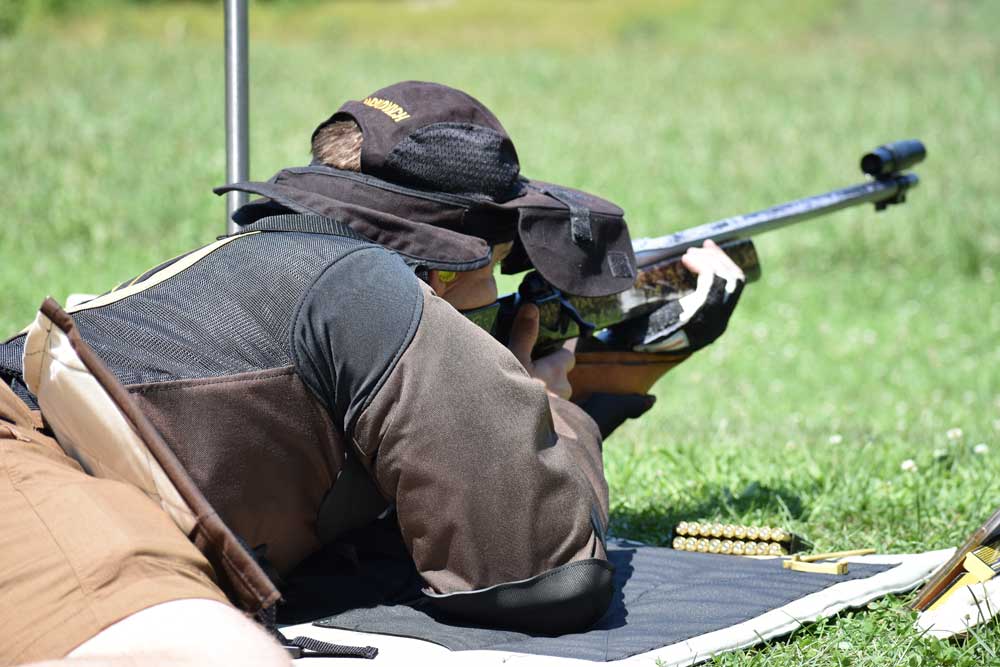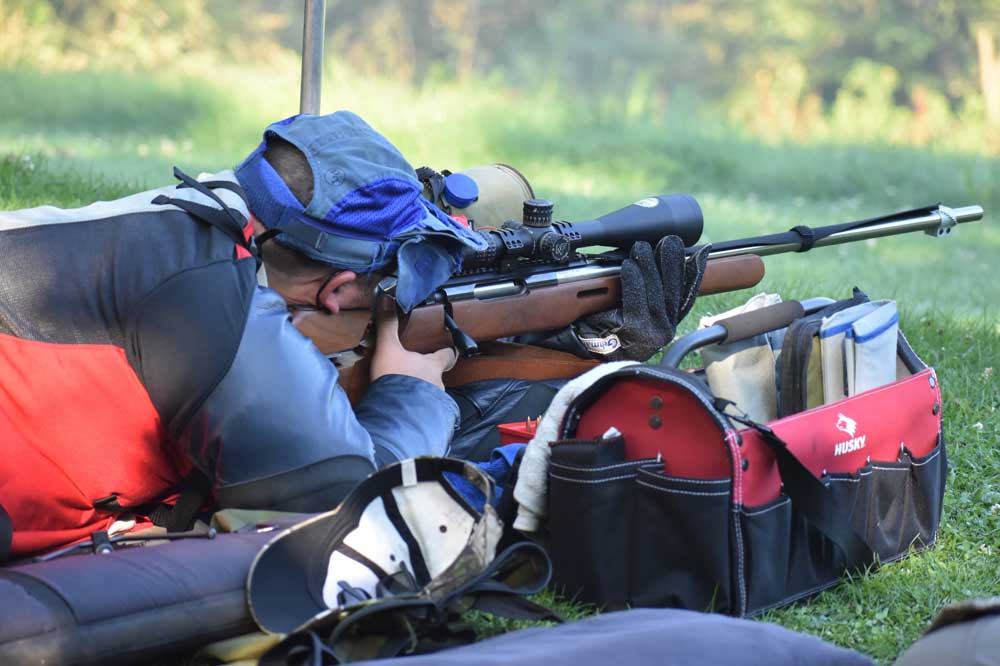Serena Juchnowski

Defining long range shooting is no easy task. It seems narrow at first but when you really begin to dive into it, you will find an entire world with a near infinite number of rabbit holes down which to fall. After much thought, the easiest way I have found to describe it is this: long range shooting involves shooting at distances, which push the limits of a firearm/caliber with evolving environmental conditions.
Long range shooting as defined by the NRA is 1,000 yards. Mid-range targets are 600 yards. Some people cannot fathom shooting these distances; others scoff at them. So how do you keep track? Long range shooting appeals to people with a variety of interests. Most people who pursue long range are interested in competition. Others just care about plinking — looking to hit a gong or steel target at some finite distance. No matter what you choose, it is a challenge, the biggest of which is wind. (Shooters must calculate or judge how much a certain mph wind will push a bullet in a certain direction and compensate for it.)
There are a wide variety of disciplines that include long range shooting and several methods by which to do it. (Think of a discipline as a specific sport within the shooting world.) Some disciplines involve sling shooting. In these, the shooter fires from the prone position wearing a shooting jacket and sling to tighten position. Natural point of aim, muscle memory and proper sling tension are paramount. Others involve shooting from some artificially supported position, whether from a bench, rest, bipod, barricade or other obstacle. Within each discipline, there are various courses of fire (specified distances, types of targets shot, etc.) as well as various parameters for equipment. Some require iron sights only. Others require scopes. In others, what you choose does not matter as long as the total weight of the rifle and scope falls under a certain number.

To launch into an in-depth discussion of every discipline and the accompanying regulations would not only be overwhelming and superfluous, but largely futile. Rulebooks, dozens —sometimes hundreds of pages long, are printed each year and available online, but are constantly changing. Rules largely stay the same, but technology and the needs/desires of competitors can lead to amendments. I am most familiar with more traditional long range shooting. This includes 1,000-yard paper targets and a quest to hit the center the greatest number of times as possible with a specific number of shots. There are several different categories, but the main ones are Palma, match rifle and service rifle.
Palma is an old discipline. Today competitors use a .223 or .308 bolt gun with iron sights and fire 15 shots at 800 yards, 900 yards and 1000 yards. In the traditional course of fire, they have unlimited sighting shots at 800 yards, and two each at 900 and 1000. The goal is to contend with wind and other environmental factors to score the highest number of points with the greatest number of x’s (center shots) possible.
This prone discipline is shot from a sling with shooting coats and mats. No optics are permitted but competitors may use a spotting scope to see the impacts marked by other competitors marking their targets in an area downrange called the pits. Most traditional disciplines have pits. They are secured and safe areas below the target berm with a series of targets on pulley systems. For each shot that hits paper, a puller will pull down the target out of view of the shooter, mark the shot with colored cardboard discs and send it back up. The shooter and a scorer on the line look through a spotting scope and reference the location, size and color of the disc to determine and mark the score. The scorer records the number while the shooter assesses what went right and wrong.
Long-range competitions with the exception of the Palma course of fire usually consist of 20 shots at 1000 yards. Competitors in match rifle categories have much fewer restrictions than Palma shooters. They still use a coat and shoot with a sling from the prone position but are not limited on caliber, bullet weight or sighting system. High-power scopes are incredibly popular. The service rifle category follows the same rules as high-power service rifle — the rifle must appear similar to a military as-issued rifle — but includes AR-10s. This category allows people to shoot long range with equipment they already have and transition easily from high power service rifle, a discipline that breeds long-range shooters. F-class is another version of traditional long range. Shooters still shoot prone, but have high-power scopes and shoot less-forgiving targets at 1,000 yards off rests.
Modern technology has also seen the entrance of electronic targets. Many long-range shooters use these “e-targets” for practice and some for matches. They greatly expedite the speed of a match and eliminate the need for someone to be pulling targets in the pit area. They also supply valuable information like the velocity of each shot in addition to the location.

Long-range benchrest takes accuracy to a higher level. These shooters shoot at 600 and 1000 yards from a bench with the goal of shooting the best groups and scores (small groups in the center of a target) as possible. Benchrest shooters essentially do the research and development for the rest of the shooting community.
Precision rifle shooters introduce speed into the mix. They shoot a variety of different targets, typically steel, in various shapes and sizes at different distances. Unlike Palma and traditional long range, the distances are odd and change each match. Competitors need some sort of ballistic calculator and/or software to help determine what elevation and windage they need to hit their various targets. Putting yourself on a time schedule does not give you time to focus on making each shot perfect. The goal is to hit what you are aiming at and engage all of the targets in the shortest amount of time. Traditionally there is a par time, a maximum time you cannot exceed. When you reach the par time you stop shooting, even if you have more targets to go.
Extreme long range (ELR) shooters truly challenge the meaning of long range, taking shots over 1,000 yards, sometimes out to two miles. Math and ballistics are key to determining what settings are needed on the scope/sights of the gun for the shooter to hit the target. This takes bullet drop, load data and environmental conditions into consideration. The shooter still needs good marksmanship skills to make those shots, but equipment plays a huge role in the ability to compete.

This brings up a good point, not all equipment can stretch 1,000 yards. Due to ammunition shortages and the rising cost of ammunition, many people have turned to less expensive and more readily available rimfire ammunition. A .22 LR rifle with current technology will be unable to hit a 1,000-yard target reliably time after time. There is too much drop. A bullet may travel a far distance, but its power and accuracy at those extended distances are likely greatly depleted. Disciplines like precision rifle rimfire provide challenging targets at distances that push the limits of the .22 cartridge, like 300 yards.
This is by no means a comprehensive explanation of all long-range has to offer, but is intended to serve as a roadmap for further exploration.




























